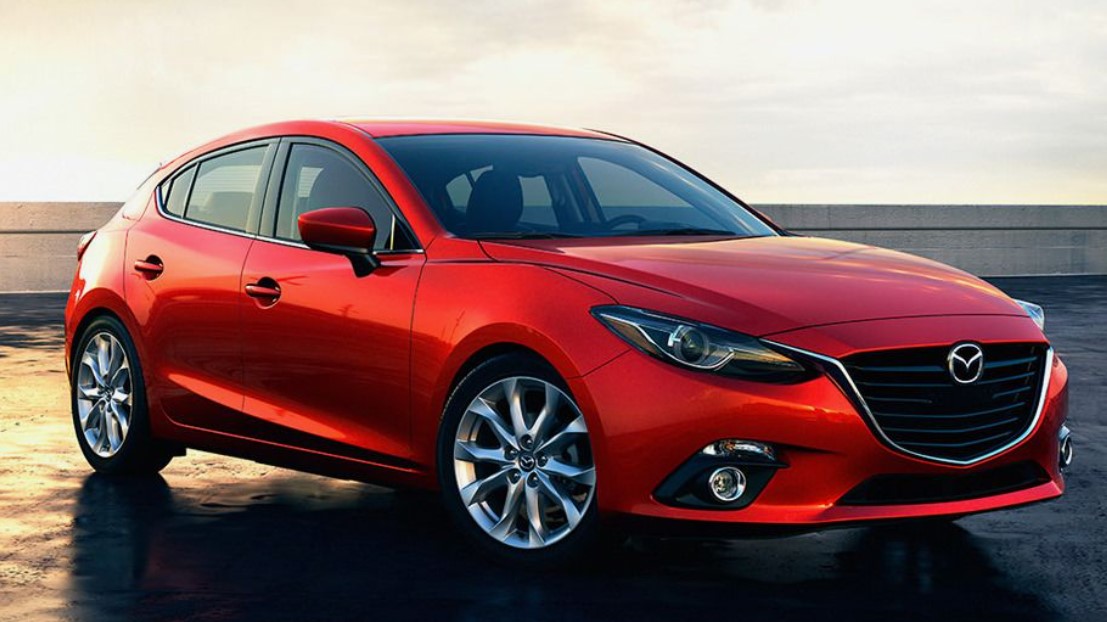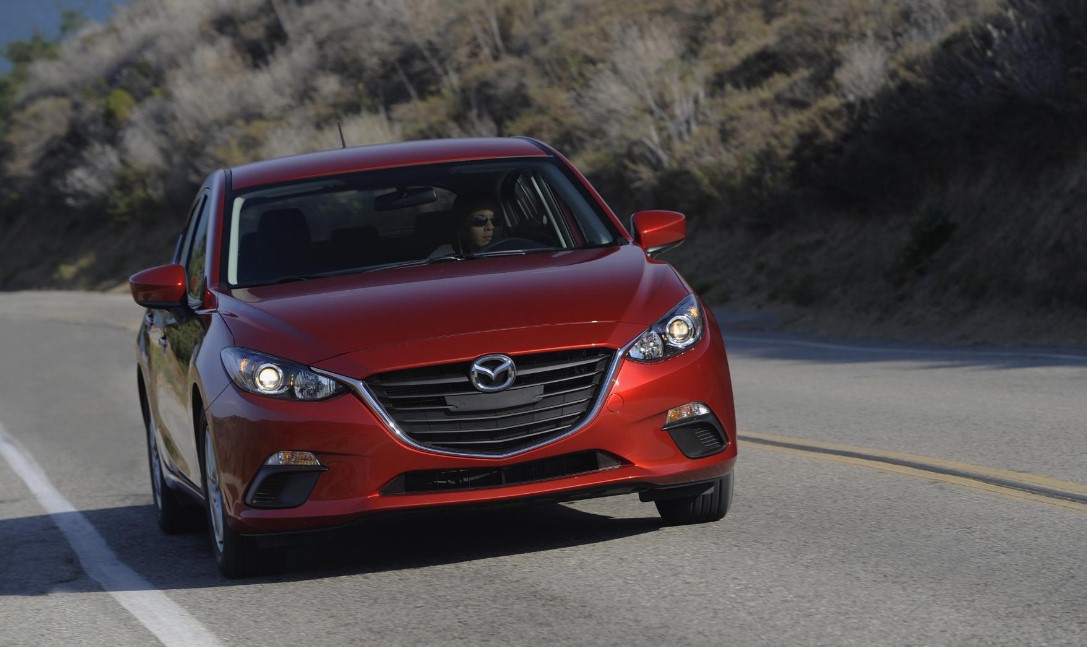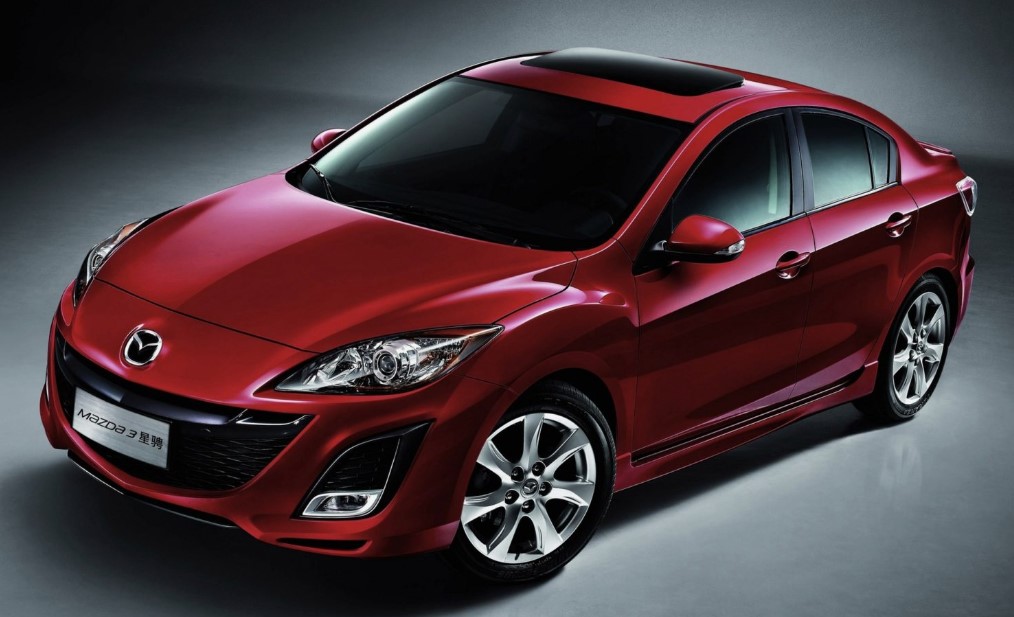Mazda, a brand renowned for its commitment to innovative design and engineering, introduced one of its most iconic models, the Mazda 3, in 2003. This vehicle quickly gained recognition and became a best-seller, standing out in the competitive automotive market. In this article, we delve into the history, evolution, and advantages of the Mazda 3, exploring why it remains a favorite among car enthusiasts. For those in the UAE, Mazda UAE continues to uphold this legacy, offering the latest models and exceptional customer service.
The Birth of Mazda 3
The Mazda 3 was unveiled as a replacement for the Mazda Familia (known as the Mazda 323 or Protegé in export markets). The first glimpse of this new model was seen at the 2003 Geneva Motor Show, where Mazda presented the MX Sportif concept. The design shared similarities with the first-generation Mazda6, featuring a comparable front-end design, headlights, taillights, and a signature radiator grille. The sporty aesthetics were further emphasized by the striking contours on the fenders and hood.
The Mazda 3 debuted in a 5-door hatchback body style and later introduced a sedan variant in the same year. The sedan featured a raised rear end with a trunk capacity of 420 liters, catering to those seeking both style and practicality.
Engineering and Design Innovations
The Mazda 3’s body was crafted under the new MAIDAS (Mazda collision energy absorption and distribution system) brand concept, utilizing a unique Triple-H structure. This design focused on enhancing passenger safety by effectively absorbing and distributing collision energy.
In 2006, the Mazda 3 underwent a facelift. Improvements included enhanced noise insulation, redesigned bumpers, a new radiator grille, updated instrument panels, and interior upholstery. Additionally, ABS and DSC systems became standard, boosting the vehicle’s safety credentials.

The Evolution of Mazda 3
Second Generation (2008-2013): The second generation, launched in late 2008, retained the Ford C1 platform but grew slightly in size while becoming lighter. The 2011 restyled version featured updated exterior designs, new bumpers, a revised grille, and adaptive headlights. The sedan and hatchback variants also saw slight dimensional changes, with the sedan growing by 90 mm in length and the hatchback by 55 mm.
Third Generation (2013-2019): The third generation marked a significant shift with the introduction of Skyactiv technology. Mazda replaced the Ford C1 platform with its own Skyactiv architecture, emphasizing fuel efficiency and performance. The new design, influenced by the “KODO – Soul of Motion” philosophy, brought a fresh, dynamic look to the Mazda 3. This generation also introduced a completely revamped interior, enhancing comfort and technological integration.
Fourth Generation (2019-Present): The latest iteration of the Mazda 3 continued to build on its predecessors’ success, integrating cutting-edge technology and safety features. The fourth generation introduced a naturally aspirated 2.5-liter Skyactiv-G engine with updated cylinder deactivation technology, enhancing both performance and fuel efficiency.
Technical Specifications and Performance
The Mazda 3 offers various configurations catering to different preferences and needs. Here are some notable specifications of the fourth-generation Mazda 3:
IV Generation (Sedan):
- Engine: Gasoline, 4 cylinders, 4 valves per cylinder, 1998 cm³ displacement, inline configuration. Maximum power: 186 hp.
- Body: 5 seats, dimensions: 4660 mm length, 1795 mm width, 1440 mm height. Wheelbase: 2725 mm. Ground clearance: 135 mm.
- Performance: Top speed: 216 km/h. Acceleration (0-100 km/h): 8.6 seconds.
- Transmission: Automatic, 6 gears. Front-wheel drive.
- Suspension and Brakes: Front suspension: independent (McPherson). Rear suspension: semi-independent (torsion beam).
Another Modification (1.5 6AT, 120 hp):
- Engine and Transmission: Gasoline engine, 1496 cm³ displacement, 4 cylinders. Recommended fuel: AI-95. Automatic gearbox.
- Dynamics: Engine power: 120 hp at 6000 rpm. Torque: 150 Nm at 4000 rpm.
- Fuel Consumption: Urban cycle: 7.4 l/100 km. Suburban cycle: 4.9 l/100 km. Combined cycle: 5.8 l/100 km.
Advantages of Mazda 3
The Mazda 3 boasts numerous advantages, making it a popular choice among car buyers:
- Reliability: With proper maintenance, the engine, gearbox, and chassis can last 250,000-300,000 km without significant issues.
- Safety: The Mazda 3 offers excellent safety features for its price segment, including side airbags in the base model.
- Handling: Known for its sharp handling, the Mazda 3 provides a responsive driving experience.
- Dynamism: Even with a 1.6-liter engine, the Mazda 3 delivers impressive torque and acceleration dynamics.
- Corrosion Resistance: The body of the Mazda 3, especially in the third generation, resists corrosion effectively.
- Multimedia and Comfort: The interior is spacious and comfortable, with high-quality materials and advanced multimedia systems.

Technological Innovations
Third Generation:
- i-ACTIVSENSE system
- Support for Apple CarPlay and Android Auto
Fourth Generation:
- Innovative safety and convenience systems
- Updated 2.5-liter Skyactiv-G engine with cylinder deactivation technology
2023 Model Updates:
- More powerful and economical 2.5-liter engine
- USB-C ports with backlighting and wireless charging for smartphones
- Enhanced on-board electronics for recognizing cars, infrastructure objects, and pedestrians
- Remote engine start via an application
Awards and Recognitions
The Mazda 3 has received numerous accolades, reflecting its excellence in design, safety, and performance:
- 2020: World Car Design of the Year award at the World Car Awards (WCA)
- 2019: Winner of the Red Dot: Best of the Best award at the Red Dot Product Design competition
- 2019: Supreme Winner at the Women’s Car of the Year competition
- 2020: Small Hatch of the Year at the UK Car of the Year Awards
- 2020: China Car of the Year (CCOTY)
- 2019: Thailand Car of the Year and World Women’s Car of the Year
Purchasing a Mazda 3 in the UAE
If you are interested in purchasing a Mazda 3 in the UAE, you can visit the official Mazda UAE dealers located in Dubai, Ras Al Khaimah, Al Ain, Fujairah, and Abu Dhabi. These dealerships offer a comprehensive range of Mazda vehicles and services, ensuring a seamless buying experience.
The Mazda 3 in the Global Market
Since its launch, the Mazda 3 has made a significant impact on the global market. Its popularity is not limited to one region but spans across continents, making it a truly international model. The car’s combination of sleek design, reliable performance, and advanced technology has resonated with drivers worldwide.
In North America: The Mazda 3 has been well-received in the United States and Canada, known for its sporty feel and robust build quality. It competes well with other compact cars in its segment, often being praised for its driving dynamics and stylish appearance.
In Europe: The Mazda 3 has found a strong market in Europe, where compact cars are highly favored. The car’s efficient engines, particularly the Skyactiv technology, appeal to European consumers who prioritize fuel economy and lower emissions.
In Asia: In its home country of Japan, the Mazda 3 (known as the Axela) is a popular choice among compact cars. Its blend of traditional craftsmanship and modern technology makes it a standout in a crowded market.
In Australia and New Zealand: The Mazda 3 is one of the top-selling cars, appreciated for its reliability and value for money. Its versatility makes it suitable for urban commuting as well as long-distance driving.
Community and Enthusiast Support
The Mazda 3 has garnered a loyal following among car enthusiasts and the broader automotive community. Numerous clubs, forums, and social media groups are dedicated to discussing, modifying, and celebrating this model. These communities often organize events, meetups, and rallies, fostering a sense of camaraderie among owners.
Customization and Aftermarket Options
The Mazda 3’s popularity has led to a thriving aftermarket scene. Owners have a wide range of customization options available, from performance upgrades to aesthetic modifications. Popular aftermarket enhancements include:
- Performance Tuning: Upgrading the engine, exhaust system, and suspension to improve power and handling.
- Exterior Modifications: Adding body kits, custom wheels, and spoilers to enhance the car’s appearance.
- Interior Upgrades: Installing advanced audio systems, custom upholstery, and interior lighting to increase comfort and style.
Environmental Impact and Sustainability
Mazda has made significant strides in reducing the environmental impact of the Mazda 3. The introduction of Skyactiv technology was a major step towards improving fuel efficiency and reducing emissions. Additionally, Mazda’s commitment to sustainable manufacturing practices ensures that the production of the Mazda 3 aligns with global environmental standards.
Future Prospects
The future of the Mazda 3 looks promising, with Mazda continuing to innovate and refine this model. Potential advancements may include further enhancements to fuel efficiency, the integration of more advanced autonomous driving features, and the introduction of hybrid or electric variants to cater to the growing demand for eco-friendly vehicles.
Conclusion
The Mazda 3’s journey from its inception in 2003 to its current fourth generation is a testament to Mazda’s commitment to innovation, design, and engineering excellence. With each iteration, the Mazda 3 has set new benchmarks in reliability, safety, handling, and technological advancement, making it a beloved choice for drivers worldwide. Whether you are drawn to its dynamic performance, cutting-edge features, or stylish design, the Mazda 3 continues to be a symbol of Mazda’s automotive prowess.

Cyclist, father of 2, fender owner, International Swiss style practitioner and HTML & CSS lover. Working at the intersection of beauty and mathematics to create not just a logo, but a feeling. Check me out on Dribbble or Medium.
